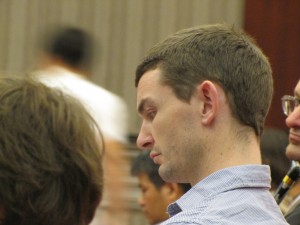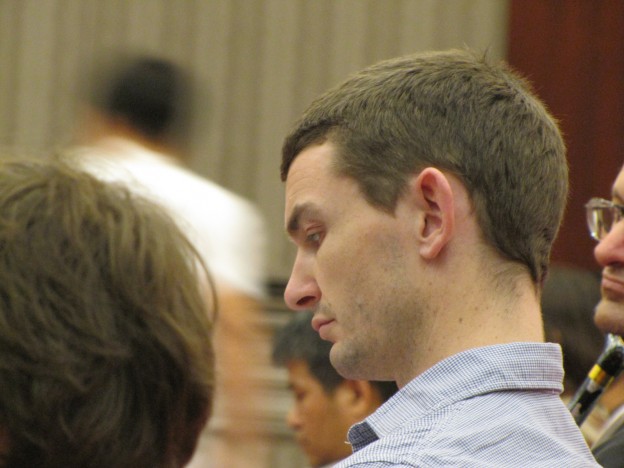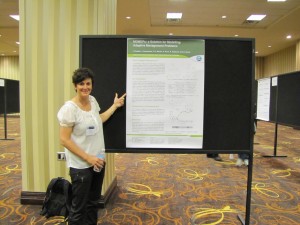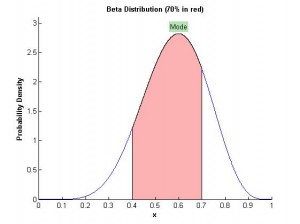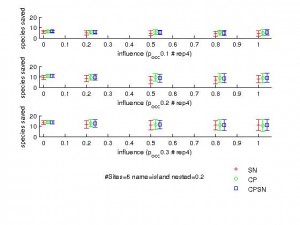We have a new paper published at IJCAI (top Artificial Intelligence conference, ranked A*, probably the most selective conference, congratulations to Sam and team!).
Nicol S, Buffet O, Iwamura T, Chadès I (2013). Adaptive management of migratory birds under sea level rise. Proceedings of IJCAI-13, Beijing, China. (PDF);
Or read the blog version on the computational sustainability website.
In this paper we are posing an adaptive management challenge to the AI community:
- Why do we care? Because solving adaptive management problem is a complex optimisation problem and efficient methods are lacking!
- What are we hoping? We hope that future AI research will account for the specific description of adaptive management problems using our problem as a classic benchmark problem.
- How can you help, what’s next? If you have a complex problem feel free to submit a challenge to the AI community!
